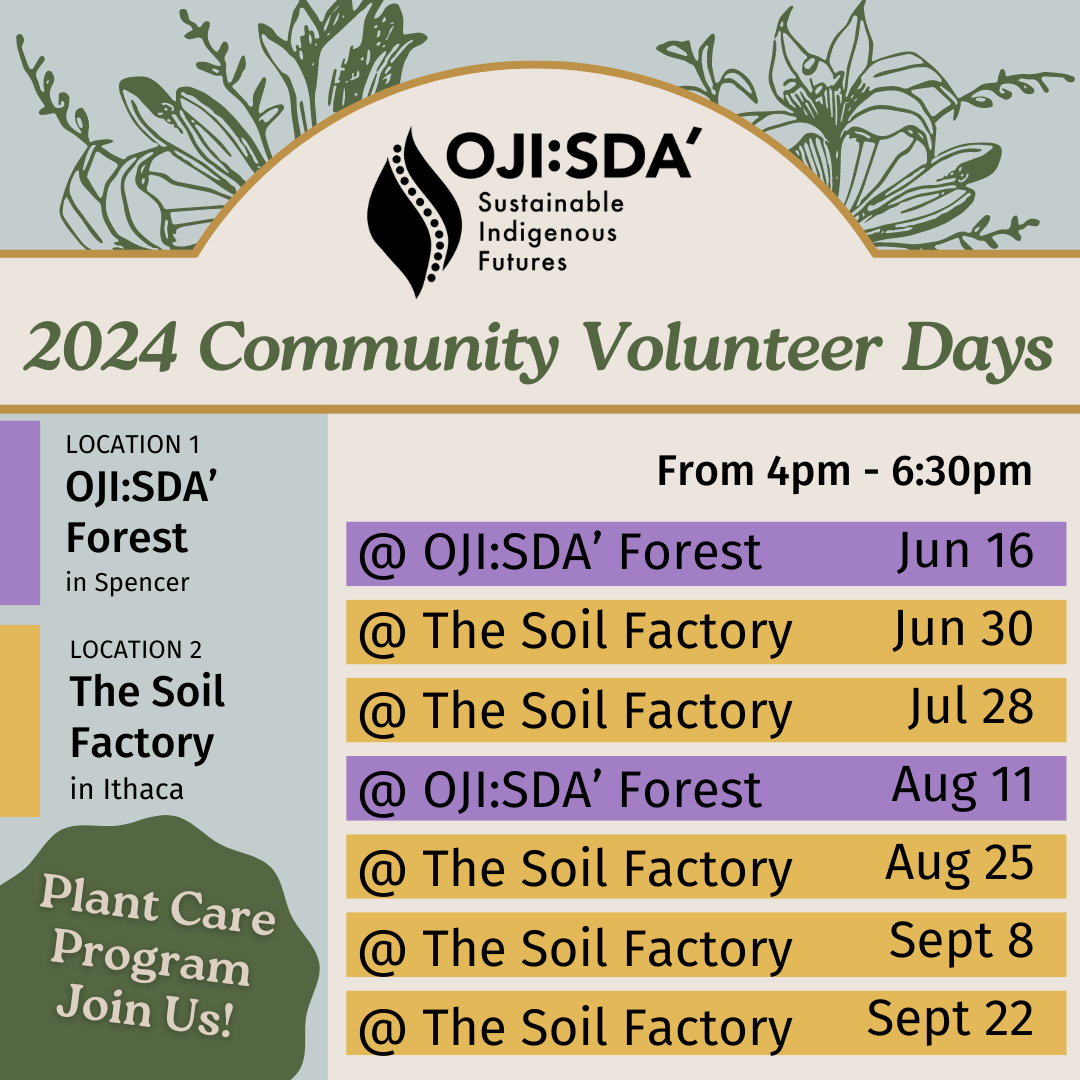What is Land-based teaching?
Land-based teaching embeds teachings from Indigenous Knowledge Carriers to content-specific curricula such as Math, Science, Humanities and the Arts
Knowledge from elders has been passed down generationally and comes from observing nature, interacting with nature, and experiencing it with care and reverence.
Indigenous teachings help people understand who they are and how to be in relationship to others and the Land. Many Indigenous nations from across Turtle Island believe that we are inheriting the land from our future generations.
As such, it is our responsibility to respect the Land and to protect it because it provides everything we need to eat, heal, and nourish ourselves. What the land is able to provide for us in the form of food, medicine, shelter, and warmth is essential to our identities, spirituality and culture.
Embedding Land-based teaching in the curriculum will result in educators and youth being connected to the Land they are on, understanding Indigenous cultures, as well as creating a sense of responsibility for stewardship.
Since teachers are on the frontlines of shifting cultures for our greater communities, the conversations happening in our learning spaces can lead to the end of oppressive institutions because the Land teaches us to be in harmony with ourselves, each other and the Earth.
Land-Based Learning Guiding Questions for K-12 Youth
What can the water teach us about how we can approach racial justice in schools?
What can the four seasons teach us about the cycle of life in plants, animals, and humans?
In the Medicine Wheel, the color black represents Fall. How do we experience fall in ______? Why do you think Fall is represented by the color black? What comes after Fall? Why do you think we need all four seasons to achieve harmony?
What can the wind teach us about structural integrity in engineering design? What can the wind teach us about how to stand grounded and strong in the face of adversity?
At the OJI:SDA’ Center for Intergenerational Learning, we embed guidance from Indigenous Knowledge Carriers to multidisciplinary approaches to education that increase access to STEM education and multimedia literacy.
Decolonial Choice-Reading
Choice Reading is a popular activity that teachers across disciplines like to facilitate in their classrooms because it improves literacy and nurtures a love of reading. Typically, students choose the book that s/he or they want to read. Specifically, the student is given the opportunity to go to the library, pick a book of their choice, and then spend the first 10 minutes of class reading.
Follow these suggestions to embed Indigenous values of intergenerational respect and interconnectedness to a commonly-used instructional practice across content areas:
Explain the purpose of your instructional decision to include choice reading.
Don't make assumptions that students know how to pick a good book because they have been going to school for years.
Share how you choose your own book. What is your favorite book? How did you discover what your favorite genre is? What strategies do you have for finding an interesting book?
Think of a creative launch to nurture the love of reading. This is the difference between nurturing joy and reinforcing compliance in schools. Invite an author, a poet, or an Indigenous elder to share a story. Include opportunities for youth to connect with the topic by incorporating a recipe they can make or art-making. Something tangible and relatable.
Explain the significance of storytelling across cultures. Reading books is one way to gain perspective. What are other ways? Name a story that you love to hear, watch, or read. How can we retell the stories we love so everyone has access to them?
Do all stories have the same structure: beginning, middle and end? Why or why not?
Find out more about The Center for Intergenerational Learning
OJI:SDA’ Sustainable Indigenous Futures
Land-based teaching embeds teachings from Indigenous Knowledge Carriers to content-specific curricula such as Math, Science, Humanities, and the Arts. Embedding Land-based teaching in the curriculum will result in educators and youth being connected to the Land they are on, understanding Indigenous cultures, as well as creating a sense of responsibility for stewardship. Since teachers are on the frontlines of shifting cultures for our greater communities, the conversations happening in our learning spaces will lead to the end of oppressive institutions because the Land teaches us to be in harmony with ourselves, each other, and the Earth.
#OJISDA #IndigenousVoices #nativeamerican #Landbasedteaching #Landbasedlearning #decolonizingeducation #TeachersofIG #IndigenizingEd #Indigenouseducation #IndigenizingSTEM







